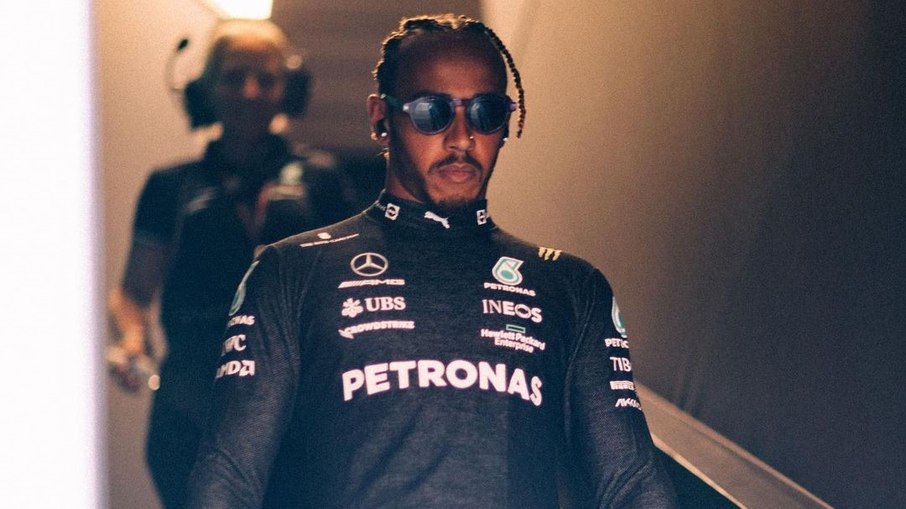

Last but not least, does any of it exist at present? Indeed, a code of chivalry is still present up to now, however, its form may have been altered to meet and keep the indispensable superiority of protecting appropriateness that secures imagery and descriptions of chivalry (Price, 1997). In addition, it developed as “ socio-economic realities” altered (Price, 1997). How and why it developed, you may ask? Actually, the Code of Chivalry was developed to put up a “ set of ideals and duties” (Price, 1997). Last but not least is to strive to be the best all the time (Price, 1997). Ninth is being just and humane and not exhibiting bias or personal interest (Price, 1997). Eighth is being loyal and committed to “ people and ideals one chooses to live by” (Price, 1997). Seventh entails defending the people worthy of it (Price, 1997).

Sixth is courage to sacrifice for other individuals and wisdom to do the right thing always (Price, 1997). Fifth is belief in God for the purpose of being hopeful in spite of anything negative that may occur (Price, 1997). King Edward VII, depicting The Order of the Garter.

Fourth is humility which is to give importance to other individual’s good deed and not flaunting your own (Price, 1997). KNIGHTHOOD & CHIVALRY Four plates from Encyclopaedia Britannica Specially printed on silk for H.M. Third is largesse which entails being generous and merciful (Price, 1997). What’s important is that the character of the individual grew (Price, 1997). It is essential to carry out the responsibilities of a knight, however, if it is impossible to meet such goals, take into consideration what a person did to try to attain such (Price, 1997). This means that it is important to be patient, to use both heart and mind in making decisions, as well as, to appreciate accomplishments, no matter how small it may seem (Price, 1997). Now vested in the earl marshal as head of the Heralds’ College.What exactly was the Code of Chivalry? The Code of Chivalry entails the following: First is franchise (Price, 1997). Though these virtues were practiced more commonly in the medieval times, modern people still have a sense of what is right and wrong because of these codes. We still have the same virtues such as honesty, loyalty, courage, and faith. When the earl marshal alone presided, it was a court of honourĭeciding as to precedence, coats of arms, &c. The Code of Chivalry from Medieval times is very relevant to the modern world. When both sat theĬourt had summary criminal jurisdiction as regards all offencesĬommitted by knights, and generally as to military matters. The Court of Chivalry was a court institutedīy Edward III., of which the lord high constable andĮarl marshal of England were joint judges. Was a service due to the crown, usually forty days’ militaryĪttendance annually. Law chivalry meant the tenure of land by knights’ service. Used in its present very general sense of “courtesy.” In English Knights Code of Chivalry described by the Duke of Burgandy The chivalric virtues of the Knights Code of Chivalry were described in the 14th Century by the Duke of Burgandy. Footnote 4 In the eighteenth century, it was polite and refined masculinity that was supported by cultural means such as conduct manuals, moral literature. Phrase for “to act the knight.” Lastly, the word came to be Of the seventeen entries in the Knights Codes of Chivalry, according to the Song of Roland, at least 12 relate to acts of chivalry as opposed to combat. That gallantry in battle and high sense of honour in generalĮxpected of knights. Primary sense in the middle ages is “knights” or “fully armedĪnd mounted fighting men.” Thence the term came to mean caballerius), the knightly class of feudal times, possessing its own code of rules, moral and social (see Knighthood and Chivalry).


 0 kommentar(er)
0 kommentar(er)
